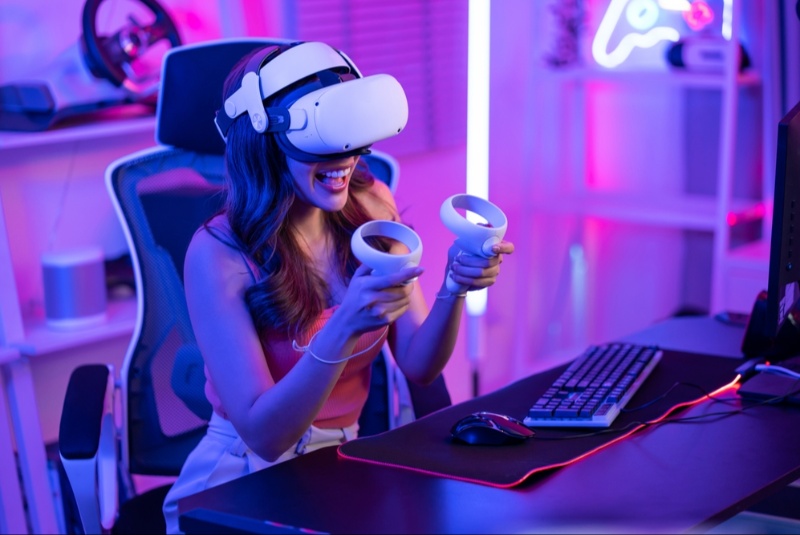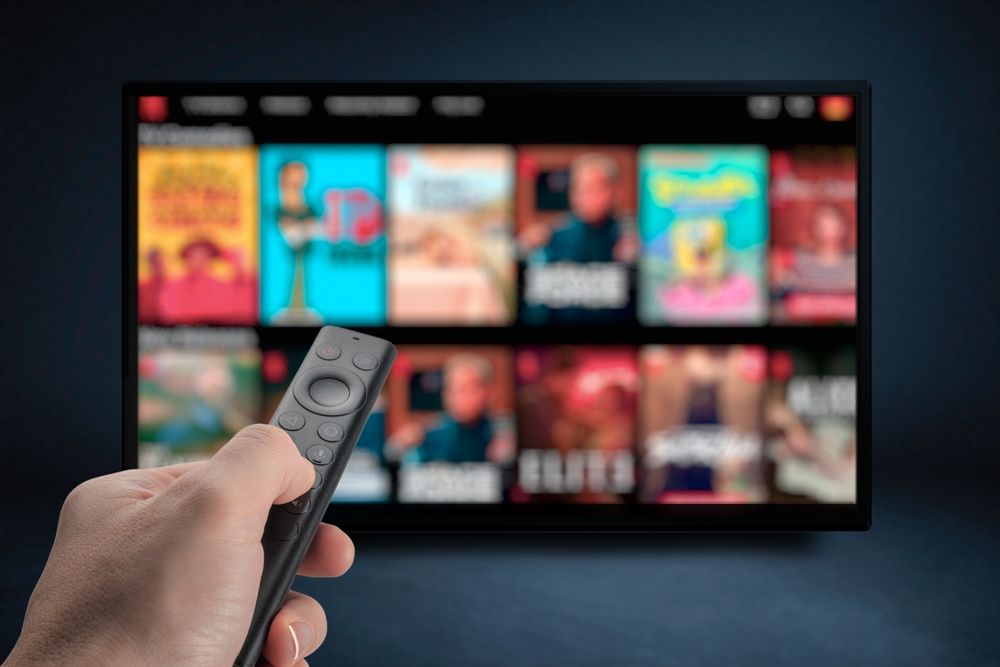Virtual reality (VR) headsets offer an immersive gaming experience unlike any other, allowing players to step inside virtual worlds and interact with environments in real-time. A good VR headset can transform your gaming sessions, offering 360-degree visuals, precise motion tracking, and intuitive controls. Whether you're a casual gamer or a dedicated enthusiast, investing in the right VR headset is key to unlocking the full potential of this cutting-edge technology. However, with so many models available, selecting the best one can be challenging. Understanding the essential factors to consider will help you make an informed decision for an optimal VR experience.
Understand the Types of VR Headsets
When buying a VR headset, it's important to understand the different types available: standalone, tethered, and mobile. Standalone VR headsets, like the Oculus Quest, do not require a PC or console and are perfect for gamers looking for portability and convenience. Tethered VR headsets, such as the Valve Index or PlayStation VR, are connected to a powerful gaming PC or console, offering higher-quality graphics and performance. Mobile VR headsets work with smartphones, offering an entry-level experience but with lower visual quality. Your choice should depend on the type of gaming experience you want and your hardware setup.
Evaluate Display Resolution and Visual Quality
Display resolution is one of the most critical aspects of a VR headset, as it directly impacts the clarity and quality of the visuals. Higher-resolution headsets offer sharper images and reduce the "screen-door effect," where individual pixels are visible during gameplay. Look for headsets with at least 1440 x 1600 pixels per eye for a good balance between clarity and performance. Some high-end models, such as the HP Reverb G2, offer 2160 x 2160 per eye for even crisper visuals. Additionally, consider the type of display technology—OLED or LCD—as it affects color depth, contrast, and brightness in your gaming environment.
Check for Field of View (FOV) and Immersion
The field of view (FOV) determines how much of the virtual environment you can see at any given moment. A wider FOV provides a more immersive experience, allowing you to feel as though you are truly inside the game. Most VR headsets offer an FOV ranging from 90 to 130 degrees. For the most immersive gaming experience, aim for a headset with a larger FOV, such as 110 degrees or more. A wider FOV helps to minimize the sensation of looking through a tunnel, providing a more natural and expansive view of the virtual world around you.
Consider Comfort and Fit for Long Sessions
Comfort is key when choosing a VR headset, especially if you plan on using it for extended gaming sessions. Look for a headset that is lightweight and well-balanced, as this will reduce strain on your neck and face. Adjustable head straps and padding are important for achieving a snug and comfortable fit. Some headsets, like the Oculus Quest 2, offer additional comfort accessories, such as counterweights or replacement face pads, which can improve the overall experience. Ventilation and materials that prevent overheating are also important, ensuring that you can stay comfortable during long gaming sessions.

Examine Tracking and Motion Controllers
Accurate tracking and responsive controllers are essential for an immersive VR experience. Tracking refers to the system’s ability to track your movements in real-time, ensuring that your in-game actions mirror your physical motions. There are two main types of tracking: inside-out, where sensors on the headset track your movements, and outside-in, where external sensors or cameras do the tracking. Inside-out tracking, used in models like the Oculus Rift S, offers easier setup, while outside-in systems, like the Valve Index, provide more precise tracking. Also, look for motion controllers that are intuitive and responsive to enhance your overall gameplay.
Look for Compatible Games and Content
When selecting a VR headset, it's important to consider the games and content available for that device. Some headsets, like the PlayStation VR, are designed to work exclusively with certain platforms, such as the PlayStation console, while others, like the Oculus Quest 2, offer a wider range of games and experiences across multiple platforms. Check for compatibility with popular gaming platforms like SteamVR, Oculus Store, or PlayStation Store. Additionally, make sure the headset you choose has access to a growing library of games and apps that cater to your gaming interests, ensuring a broad and satisfying experience.
Consider the Refresh Rate for Smooth Gameplay
The refresh rate of a VR headset affects how smoothly the images are displayed and how immersive the experience feels. A higher refresh rate reduces motion blur and lag, creating a more fluid and responsive gaming experience. Most VR headsets offer refresh rates between 60 Hz and 120 Hz. For the best performance, look for a headset with at least 90 Hz, as this will provide smoother transitions and reduce the likelihood of motion sickness. High-end headsets, such as the Valve Index, offer refresh rates of up to 144 Hz, providing an incredibly smooth and immersive experience.
Assess the Headset’s Audio Quality
Audio plays a significant role in creating an immersive VR experience. Some VR headsets come with built-in speakers or headphones, while others offer compatibility with external audio devices. High-quality spatial audio enhances the sense of immersion by making sounds feel like they’re coming from specific directions within the virtual environment. Look for headsets that feature high-fidelity, 3D spatial audio, like the Valve Index or Oculus Rift S, to enhance your gaming experience. If the built-in audio doesn't meet your standards, ensure that the headset has an easy way to connect your own high-quality headphones.
Think About Portability and Ease of Setup
If you plan to use your VR headset in multiple locations or travel with it, portability and ease of setup are key considerations. Standalone headsets like the Oculus Quest 2 are highly portable, requiring no external sensors or wires, making them perfect for on-the-go gaming. Tethered headsets may require more setup, with cables and external sensors that need to be positioned correctly. If ease of setup is important to you, opt for a model that offers a plug-and-play experience with minimal setup time. A more portable and user-friendly headset ensures you can enjoy VR gaming wherever and whenever you want.
Set a Budget and Compare Features
VR headsets vary widely in price, from budget-friendly options to high-end devices. Setting a budget will help you narrow down your options based on the features you prioritize. Entry-level headsets, such as the Oculus Quest 2, offer great value with impressive features at an affordable price. Mid-range and high-end headsets like the PlayStation VR or Valve Index come with more advanced features, better display quality, and superior tracking but at a higher cost. Compare the features of different models within your budget to ensure you get the best value for your money, balancing quality with cost.
Choosing the Best VR Headset for Immersive Gaming
Selecting the best VR headset for gaming requires careful consideration of factors like resolution, tracking, comfort, and content compatibility. By understanding your gaming needs and the features that matter most to you, such as a wide FOV, high refresh rate, or comfortable fit, you can choose a headset that delivers a truly immersive experience. Whether you're diving into virtual worlds for the first time or upgrading your current setup, finding the right VR headset will transform your gaming experience and open up new possibilities for interactive entertainment.




